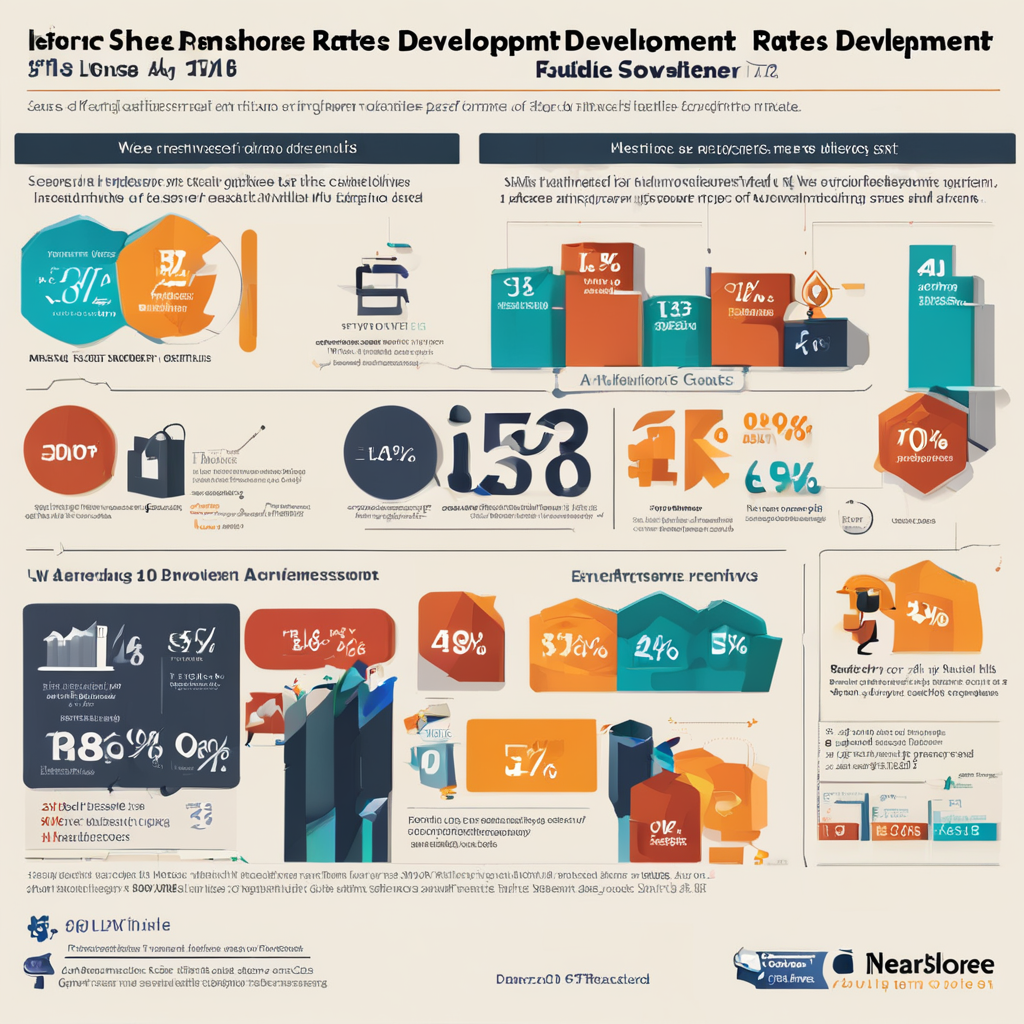Nearshore software development rates vary depending on several factors, including location, expertise, and project complexity. When companies opt for nearshore development, they choose to work with teams in neighboring or nearby countries, often with similar time zones and cultural understanding. This can lead to better communication and collaboration, ultimately impacting the project’s success. In this article, we will delve into the world of nearshore software development rates and explore how different aspects influence pricing.
One of the primary considerations when determining nearshore software development rates is the cost of living in the outsourcing country. Countries with lower costs of living may offer more competitive rates for software development services compared to those with higher living expenses. This can be advantageous for companies looking to optimize their budget without compromising on quality. Understanding the cost of living index in the nearshore location can provide insights into the pricing structure.
Another factor that affects nearshore software development rates is the level of expertise and experience of the development team. Highly skilled professionals with extensive knowledge in specific technologies or industries may command higher rates for their services. Companies seeking top-tier talent for complex projects may need to allocate a larger budget to secure the expertise required for successful software development.
The complexity and scope of the software development project also play a significant role in determining nearshore rates. Projects that involve intricate technical requirements, advanced functionalities, or tight deadlines may require additional resources and expertise, impacting the overall cost. It is essential for companies to outline their project requirements clearly to receive accurate cost estimates from nearshore development teams.
Furthermore, the reputation and track record of the nearshore software development company can influence the rates they offer. Established firms with a proven history of delivering high-quality solutions may charge premium rates for their services. While these rates may be higher, companies can benefit from the assurance of working with a reliable partner that can meet their project goals effectively.
Additionally, the communication infrastructure and language proficiency in the nearshore location can impact software development rates. Efficient communication channels and a shared language can facilitate smooth collaboration between the client and the development team, reducing misunderstandings and delays. Companies should consider these factors when assessing the overall cost of nearshore software development services.
Time zone compatibility is another aspect to consider when evaluating nearshore software development rates. Working with a team in a nearby time zone can streamline communication and project management processes, leading to enhanced productivity and faster turnaround times. Companies looking to leverage time zone advantages should factor this into their cost analysis for nearshore development projects.
Moreover, the level of government support and incentives for the IT sector in the nearshore location can influence software development rates. Countries that offer tax benefits, grants, or other incentives to software development companies may be able to provide more competitive pricing for their services. Understanding the regulatory environment and potential cost-saving opportunities can help companies make informed decisions when selecting a nearshore partner.
In conclusion, nearshore software development rates are influenced by various factors, including the cost of living, expertise level, project complexity, company reputation, communication infrastructure, time zone compatibility, and government support. By carefully evaluating these aspects and understanding how they impact pricing, companies can make informed decisions when choosing a nearshore development partner. Ultimately, investing in nearshore software development can offer cost-effective solutions without compromising on quality or efficiency, making it a viable option for companies seeking to optimize their IT projects.
